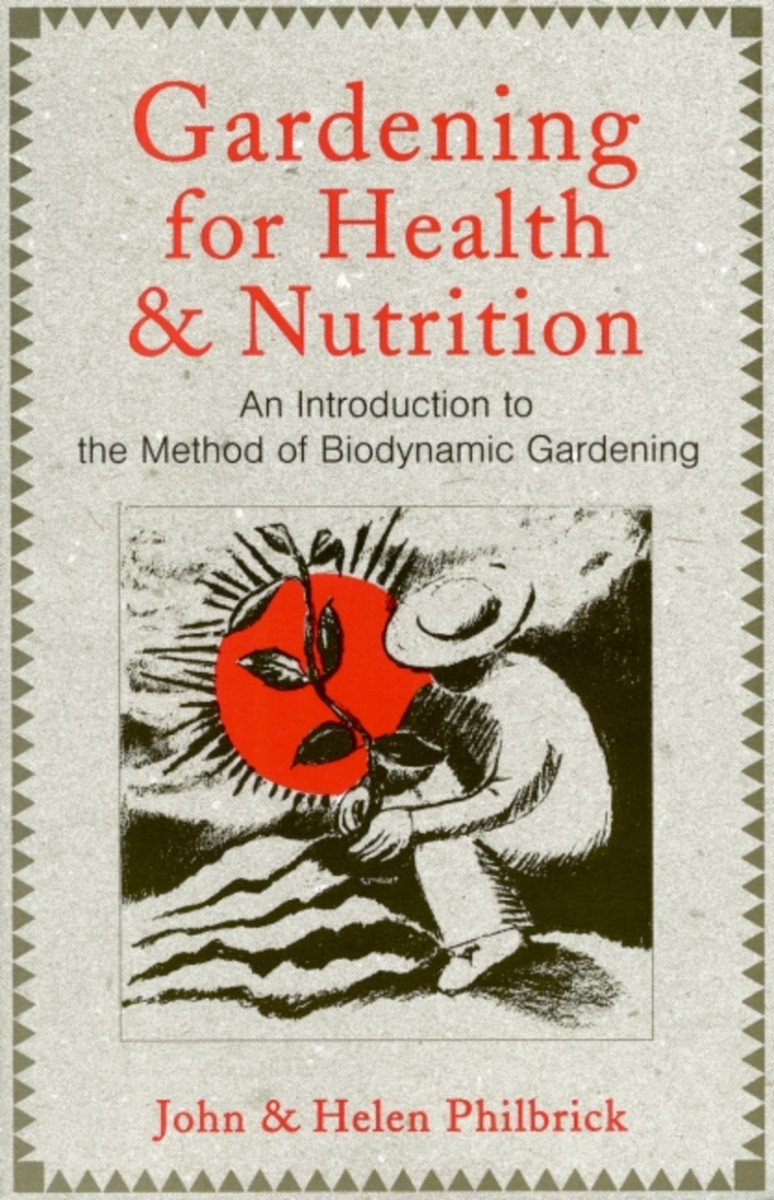Gardening for Health and Nutrition
An Introduction to the Method of Biodynamic Gardening
- Publisher
SteinerBooks - Published
1st June 1995 - ISBN 9780880104036
- Language English
- Pages 112 pp.
A simple, down-to-earth introduction to the method of biodynamic gardening especially written for the backyard gardener. This classic introduction to biodynamic gardening introduces the gardener to an obvious, often forgotten principle: gardening is about living things, life forces, and life as such.
In his introduction, John Philbrick talks of how each morning he was in the habit of meditating and communing in his garden at sunrise, until he gradually realized that the important things at work were “the forces of life”—“life is the key to existence on this planet.”
He also realized that most gardeners were more concerned with death, with getting rid of things—bugs, weeds, fungi—than with life. Biodynamics is based on the interrelatedness, or the dynamics, of life forces. As Philbrick says: “When you become aware of biodynamics, you become aware that everything that is alive is dependent upon everything else that's alive, and it's all a marvelous network of living things which are constantly changing.”
This book provides a simple and practical guide for the beginning gardener. It deals with planning a vegetable garden: how, when, and where to plant seeds and tools and compost making raised beds crop rotation, mulching, and companion plants harvesting, cooking, and preserving There are also sections on flowers, lawns, and home orchards.
Gardening for Health & Nutrition concludes with a useful chapter on the most frequently asked questions. If you are planning a garden or need a few tips for the one you have, this is the book for you.
C O N T E N T S:
Introduction
The Biodynamic Gardener
Planning the Vegetable Garden
The Typical Biodynamic Garden: Raised Beds
Seeds
How Much of Each Vegetable to Plant
Tools
Soil Analysis and Lime
Dressing the Soil: Biodynamic Compost
Location of Compost Heap
The Uses of Ripe Compost
Preparing the Seed Bed
Making Raised Beds
Crop Rotation
Care of the Garden
Mulching
Fall Cultivation
Insect Pests
Companion Plants
Edible Wild Plants
Harvesting, Cooking, and Preserving
Saving Seeds
Herbs
Lawns
Flowers
The Home Orchard
Other Helpers in the Biodynamic Garden and Orchard
Most Frequently Asked Questions


